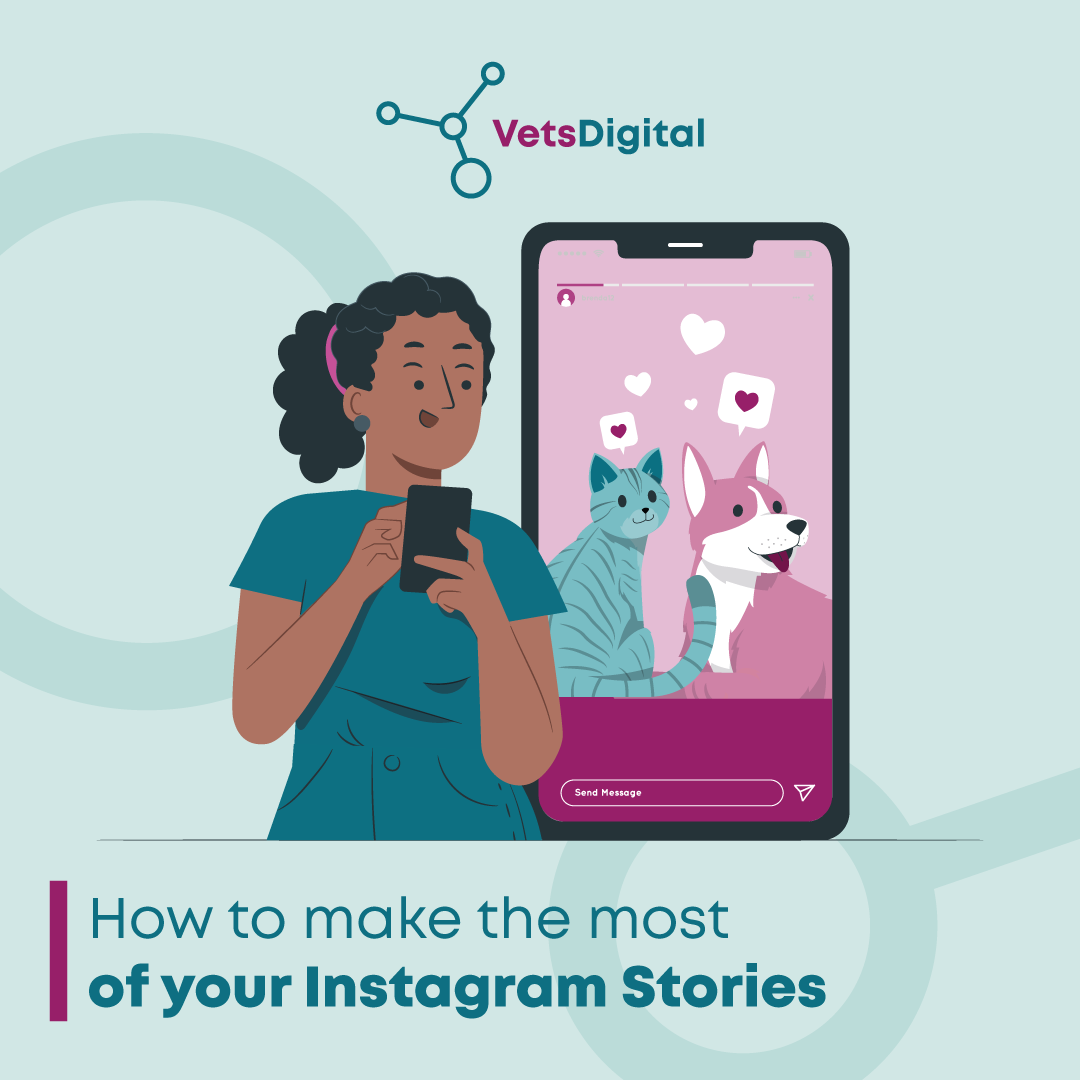News, Uncategorised,
Why do Digital Marketing – by the numbers…
There are an increasing number of veterinary practices in the UK – however, the number of pets is static, or even trending slightly downward. That means that to successfully run a practice in most (although not quite all!) areas, you are in competition – professional, possibly even friendly, but still competition – with neighbouring practices. There will, of course, always be a trickle of clients leaving you and going elsewhere, and vice versa, for a wide range of reasons. The numbers leaving can be minimised by building a bonded client base, and we discussed that in the blog on client education. However, when it does happen – because they dislike a practice, or move to a new town or city, or get a pet for the first time – they need to find a new one. In this blog, we’re going to focus on recruiting new clients and retaining existing fringe-clients, and how digital marketing can help with that.
The value of a client
Aside from the workload, as a general average (and this will of course depend to some extent on your pricing and other policies, but it is a pretty good average), each new client of a practice brings in £250-500 per year. An average profit margin is reported to be 10%, so that works out at £75-150 pure profit over 3 years (after you’ve paid your staff, suppliers, services and other overheads). Of course, there are economies of scale if you have enough clients too, but for the moment we’ll ignore that.
This means we need to focus equally on attracting and retaining clients.
Digital Presence
People don’t just walk into a shop and buy the first thing on the shelf – they want to know what it is they’re buying. Exactly the same applies to shopping for services – people look around to find a new veterinary practice. However, fewer and fewer people will walk through their local town physically looking at the alternatives. Instead, they go online and do the search in the comfort of their own homes.
This research is sometimes referred to as the Zero Moment of Truth (ZMOT) – if your practice doesn’t appear on the client’s radar at this point, you’ve probably lost them to another practice that does. (By the way, we’re currently doing some research to quantify this effect, but it’s not ready for publication yet).
If you do not have a digital presence of some sort, you won’t attract as many new clients – it really is that simple. There’s a reason that there’s so much money in advertising – it works. At the very least, you need to have an attractive shop front in the virtual world before you can entice people to visit you in the real one. A website and Facebook page won’t necessarily help to bond your clients to you (although they can, if handled well!) but they do let potential clients know you’re out there.
Some estimates suggest that as many as 25% of all visitors to a practice website are at least potentially looking for a new practice – and a remarkably large number of clients follow more than one vet on Social Media. The key now is the conversion rate – how many of those visitors can we persuade to come into the practice, where you can really sell yourselves?
So, let’s assume that you have 1000 visitors a month to your website, and (as we said above) 25% of them are looking for a new vet, that’s 250 potential new clients. Now a pretty good conversion rate for a decent service providing website would be 40%, meaning you can expect 100 new clients per month. If you can keep it up (and not lose them again!), you have boosted your revenue by perhaps £300,000 in the first year (and profit by £30,000) – just from having a decent online presence.
Reviews
It’s well established in the industry now that having genuine and representative online reviews on a website increases conversion rates by about 20%. In the example we worked out above, that means going from a 40% conversion rate to a 60% conversion rate – an extra 50 new clients per month – bumping revenue by £150,000. Online reviews are a fantastic tool to really increase conversion rates!
Search Engine Position
Of course, before your wonderful website and sparkling (but not too perfect!) reviews can help, you do need to get clients to your website, and not your competitor’s. There are a range of ethical techniques for increasing the placing of a business in response to a specific Google search. The same, of course, applies to other search engines, but as Google has roughly 90% of the UK search share, we’ll concentrate on them for the moment. (Yes, there are unethical techniques as well – but they tend to come back and bite you so we STRONGLY advise against them!).
Is it worth it? Well, compared to being 2nd in the search pack (the “top” results that appear on a Google search), hitting the 1st place increases clicks by 44%. A similar phenomenon occurs in the organic search (the main search box below it), with our figures suggesting a 29% boost. Think how many prospective clients that might apply to!
Social Media Engagement
Now, we do not usually recommend Social Media as a means to attract new clients – certainly it can do so, but it’s main power is in bonding a client to the practice. For this purpose, engagements with a post are the most important tool – our rolling 3 month average engagements for the practice Facebook pages we deal with is a shade under 5400 post or page engagements per month. Now, assuming that 0.5% of those do not look elsewhere for their next booster because of their increasing engagement with the practice (and that’s probably a very conservative estimate)… that’s 27 clients (nearly £700 profit) a month retained for the practice… simply because you had an interesting and engaging Facebook feed.
Now of course, this calculation makes some fairly huge assumptions – but it is true that the return on investment for social media is a lot higher than it looks if you’re just counting footfall.
Overall…
It’s no longer a case of whether you can afford to have a digital marketing plan – it’s a question of how much you can afford to do. We’d also argue that in today’s business environment, most practices can’t afford not to.
If you need any help or advice with any of your digital marketing, do get in touch with us!






